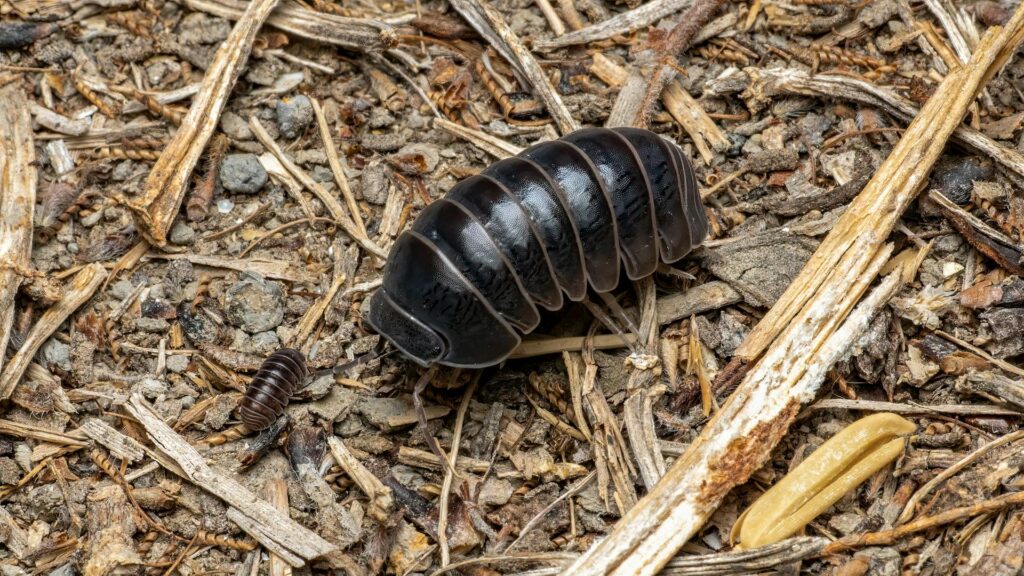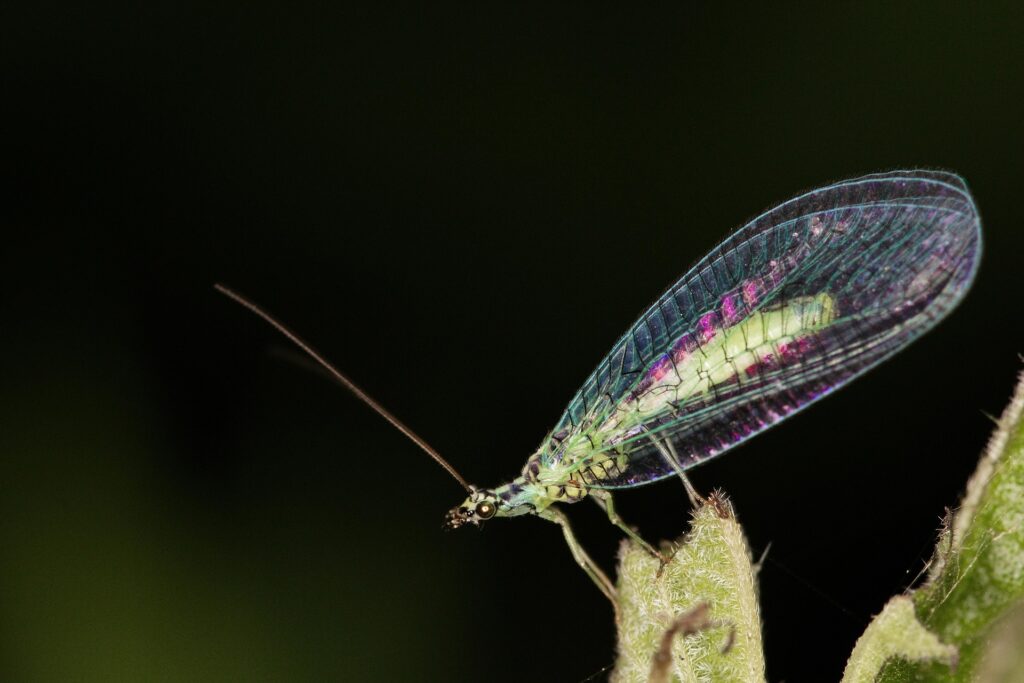When you’ve asked other people about what they do for their home pest control, you’ve probably had a lot of mixed responses. It seems like there are more people doing DIY pest control than ever before, and you’re starting to wonder if it’s something you should consider as well.
To decide if DIY pest control is right for you, you should research more of what people do on their own because everyone has different ways of doing it. But, there’s still a question of whether or not the DIY methods actually work and are worth using. It’s an important question because if it doesn’t work, it really isn’t worth choosing DIY over professional pest control.
That’s what you need to do – figure out the pros and cons of DIY pest control. This list of the pros and cons can help you get started on figuring out if you should go DIY or not.
Pros of DIY pest control
Fewer Chemicals
A lot of people don’t like professional pest control because they don’t like the chemicals that are used to exterminate the pests. So to avoid those chemicals, they start using things like essential oils or vinegar to keep pests at bay. Some people may even use houseplants and herbs that repel insects.
It’s understandable that people worry about the chemicals used in insecticides. After all, the chemicals are poisons intended to kill pests. People may feel safer not having those chemicals in or around their homes. But there are people who choose to use store-bought pesticides for their DIY pest control, so though many people do opt for the chemical-free route, not everyone does. This actually brings us to our next pro of DIY pest control.
More Affordable
Many people consider DIY pest control to be more affordable than hiring a professional pest control company to treat their home. And in some cases, it is actually more affordable. Store-bought pesticides are cheaper individually than a professional treatment, and since many people who use professional pest control are on a year-long treatment plan that involves monthly payments, the cost for the professionals can add up.
And if you can use things that you already have around the house to keep pests away, it’s going to be significantly more affordable to do pest control on your own. After all, if you can just mix some vinegar and water to get rid of pests, you might wonder why anyone bothers to hire professionals.
Make Professional pest control More Effective
Something people don’t realize about DIY pest control is that you can choose to hire professional pest control and use DIY methods as well. Some people choose to blend the two and by doing so, their pest control is stronger than it would be just choosing one or the other.
Think about it, if you can have the strength of the professional treatments combined with your own simple repellents, you’re going to have very few pests around your home. Professional treatments can fill in the gaps for DIY treatments and vice versa. Choosing to use DIY pest control methods in this situation is a great way to protect your home.
DIY Fumigation: Taking Control into Your Own Hands
While exploring DIY pest control solutions, you might come across the method of DIY fumigation. This process can seem daunting, but with the right products and careful planning, you can effectively tackle various pests. Remember, though, that while fumigation can be powerful, it requires strict adherence to safety protocols to ensure that it’s done effectively and safely. If you’re considering do-it-yourself fumigation, ensure you understand the risks and procedures involved, and always consider whether professional help might be a better option for your situation.
Cons of DIY pest control
Risks for Family
Now, there are some things about DIY pest control that aren’t so great, especially if you’re using only DIY pest control. One of those things is that there are still risks to your family. For example, if you have pets, then you need to be very careful about which essential oils or plants you choose to use to repel pests because some of them can be harmful to pets.
If you choose to use store-bought pesticides, then you have to figure out how to safely store these chemicals so your pets and children don’t get into them. This is actually a big reason people choose to hire professional pest control – they don’t want to store these harmful chemicals around their homes.
Another risk is that because you aren’t a professional, pests may build up infestations in your home without you realizing it. You have to know what to look for and how to treat specific pests if you want to keep your home protected from them. If you don’t know how to do this, then it might be better to call in a professional.
Less Effective Alone
As mentioned, DIY methods can be really useful when you combine them with professional pest control. But when you use only DIY methods, you’ll find that they aren’t very effective compared to professional treatments. This is because a lot of DIY pest control focuses on repelling pests and not exterminating them. Because these methods are not as effective on their own, you may find that they aren’t enough to prevent infestations in your home.
DIY treatments also often need to be applied to your home more frequently than professional treatments. Professional treatments are made to last for several months, whereas DIY treatments can last only a couple of weeks before losing their potency.
Costs Can Build Up
Even though DIY pest control can be more affordable upfront, the costs can still add up. Things like essential oils aren’t exactly cheap, and if you have to buy them frequently, that cost will definitely add up. The same is true with store-bought pesticides. These pesticides often run out quickly, so you have to buy them frequently. It’s hard to find store-bought pesticides that will treat for every pest, so you often have to buy various kinds of pesticides to stay on top of your home pest problems, whereas one professional treatment targets most pests at once.
If your DIY efforts are not enough to keep infestations from building in your home, you’ll eventually have to call professional pest control to get rid of the infestation. Getting rid of an infestation is often more expensive than paying for professional preventive treatments.
Power Up Your Home pest control
When it comes down to it, going DIY for your pest control can be a good thing, but it isn’t enough to prevent and protect against significant pest problems. For the best pest treatments, it’s best to blend professional and DIY pest control. And that’s where Aptive Pest Control comes in.
At Aptive, we value home and family as much as you do. We make it our goal to make your home a place to enjoy without having to worry about pests at any time of the year. Get a quote today to find out how much our year-round treatments will cost you.









